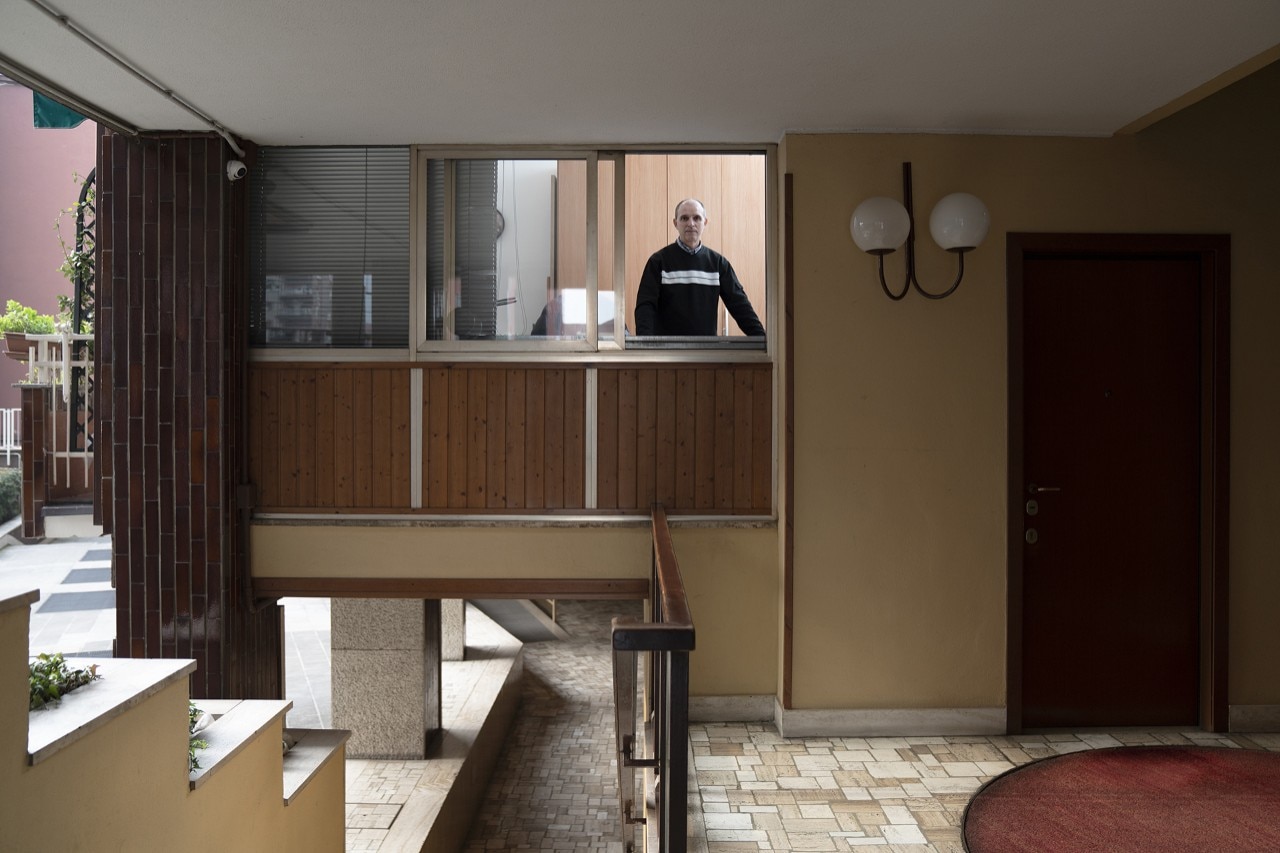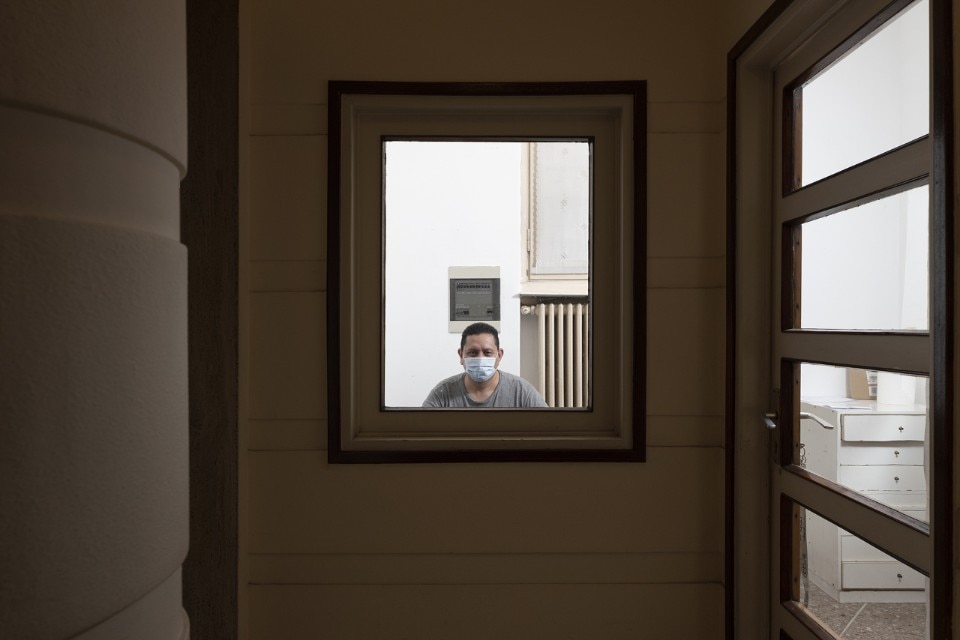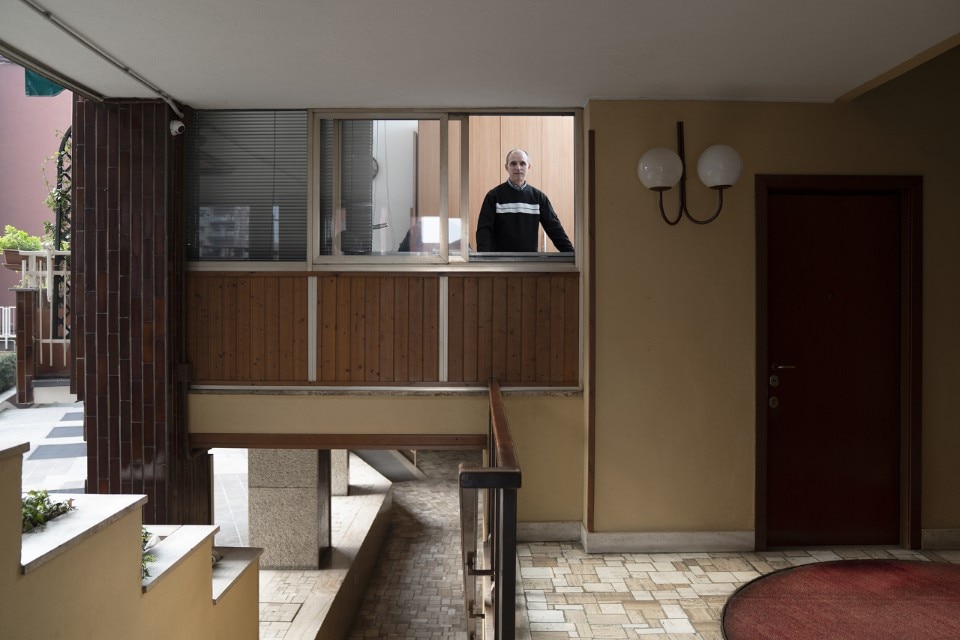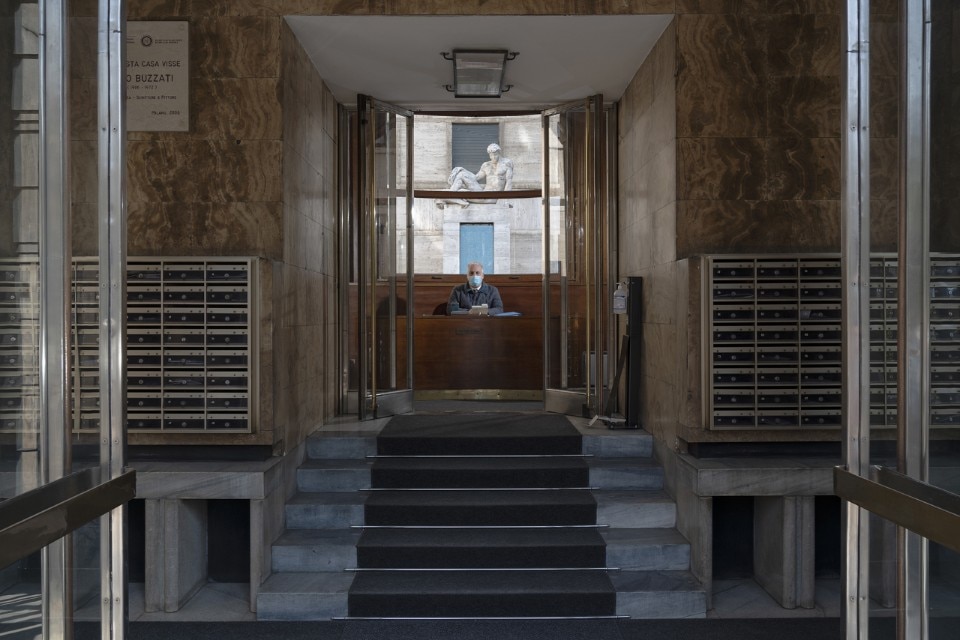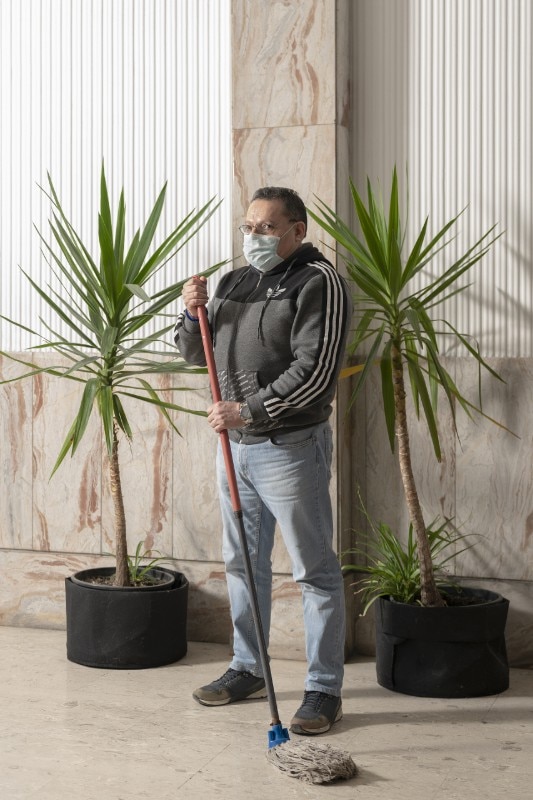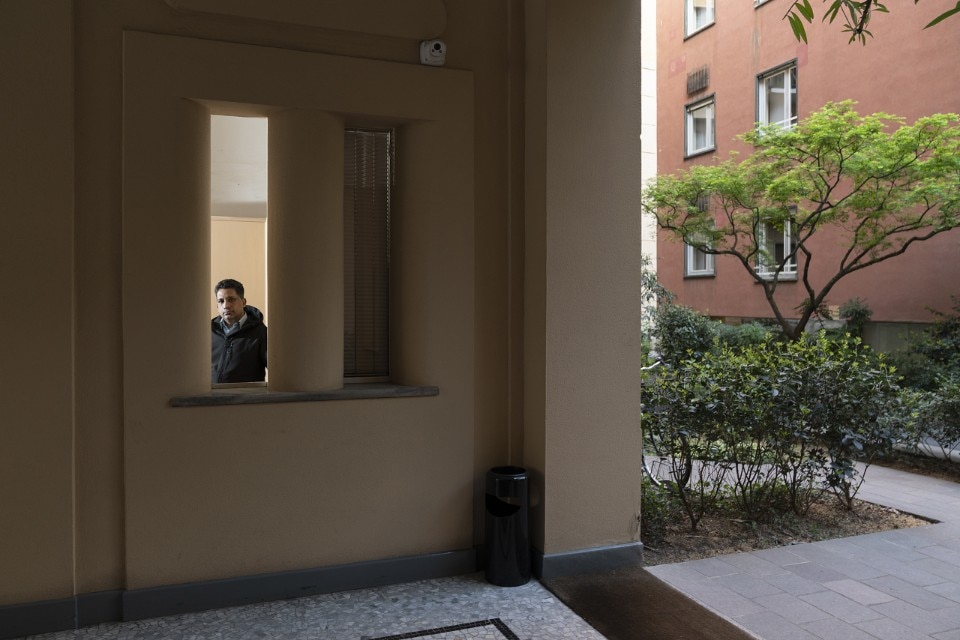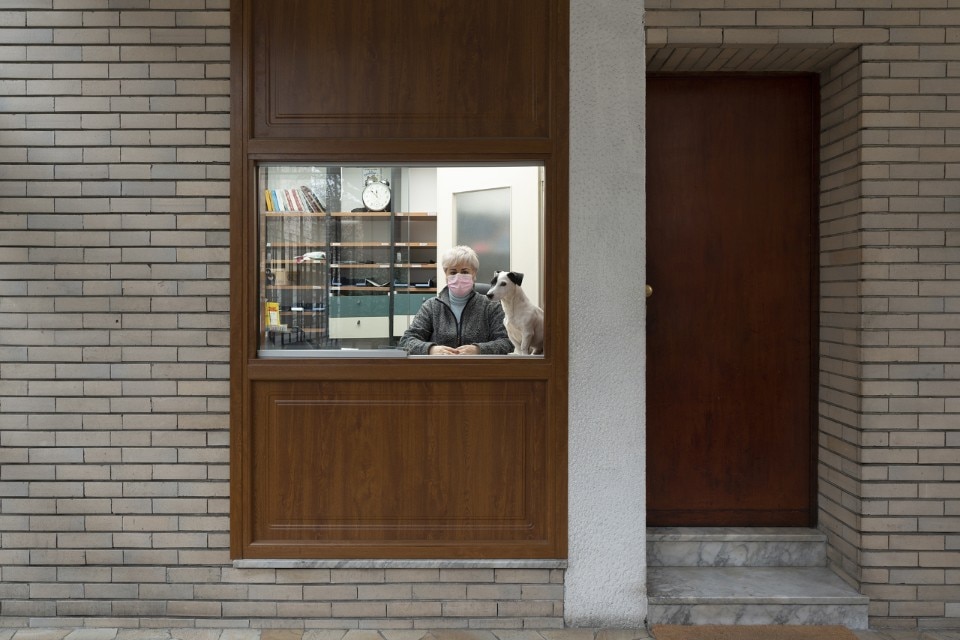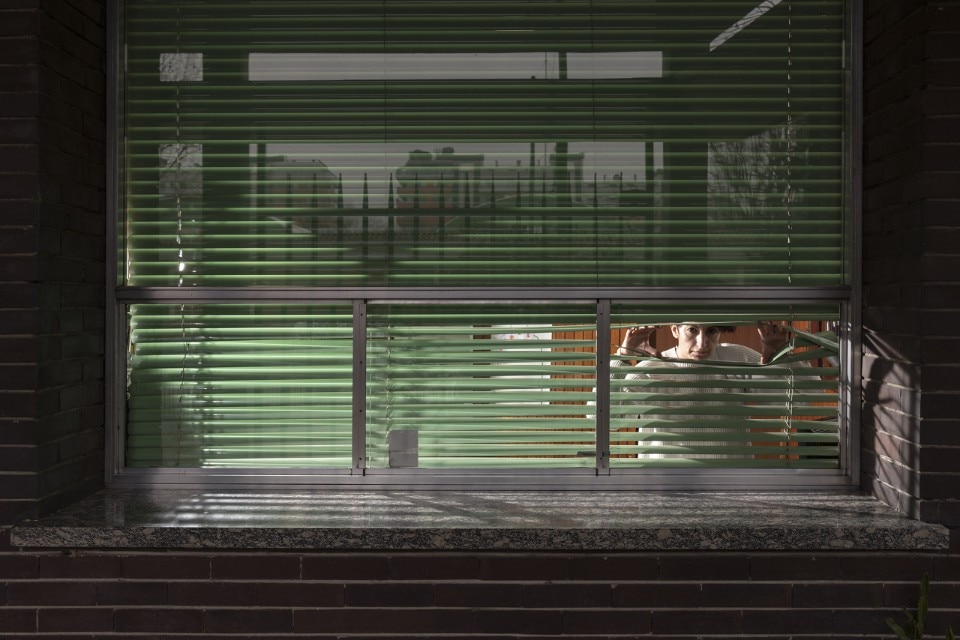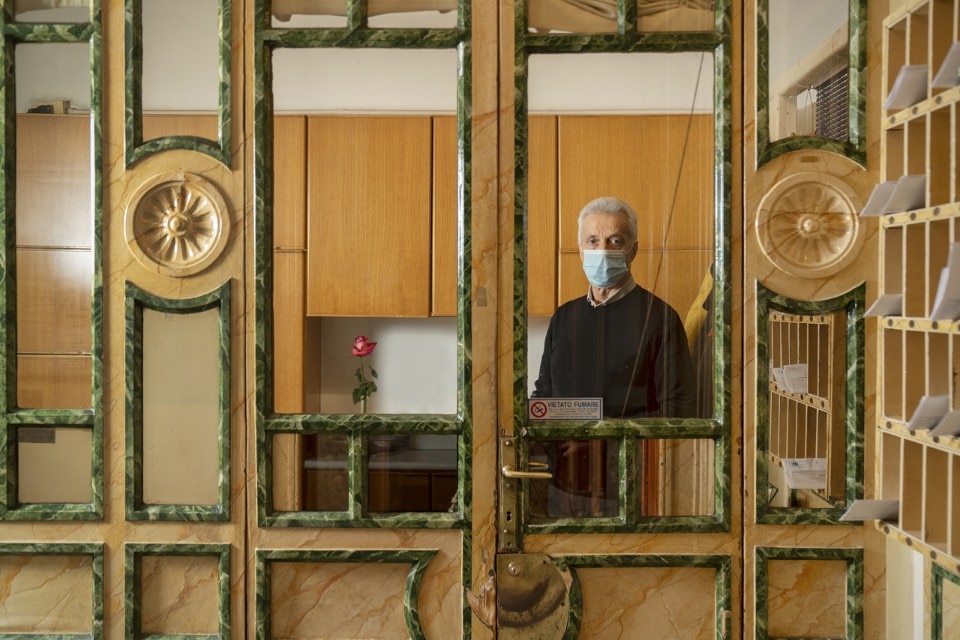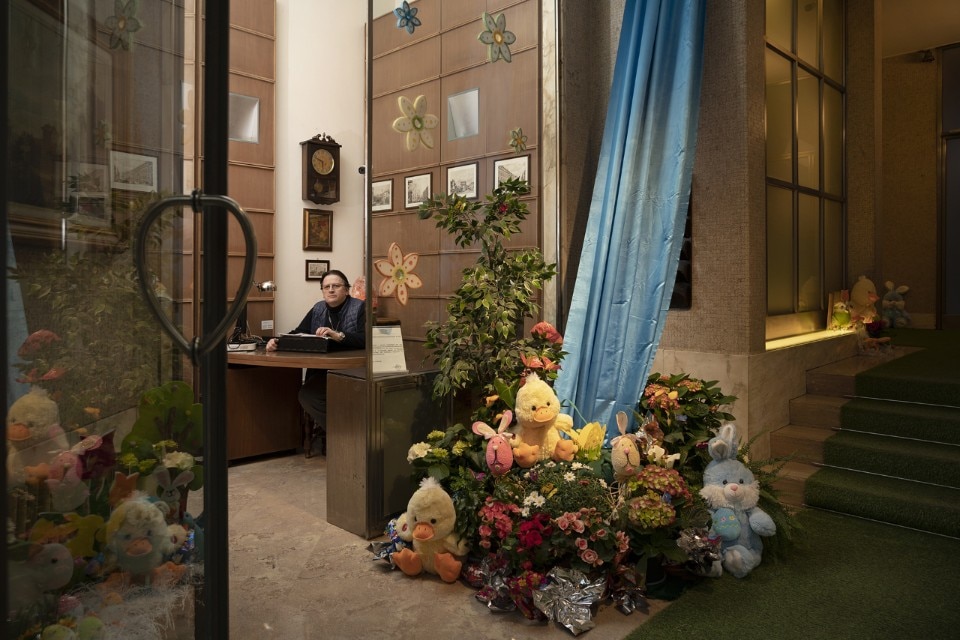For many Milanese, whether by birth or adoption, doorwomen and doormen are the first daily encounter, because social life begins in the hallway.
Not exactly an exterior, even if outside the home, but not even a true interior, although part of the inhabited building, gatehouses have always been a filter between two dimensions which, without necessarily bringing Freud's unheimlich into play, rarely interpenetrate. They are more often the simple stage sets for a hurried and interested exchange, whose protagonists momentarily intertwine their respective scripts only as much as is strictly necessary. But if the pandemic emergency has, on the one hand, sharpened our—eventual—inability to weave in–depth relationships “in presence”, on the other, it has shown how the very presence of these workers, let’s say these logistical fluidifiers, is actually fundamental to the flow of our lives.
Lorenzo Palmieri has been living in Milan for ten years, and in these months of forced hiatus—he normally works as a photographer for art, with clients such as Pirelli Hangar Bicocca, PAC, GAMeC, Hauser and Wirth and Raffaella Cortese—he has chosen to focus his lens on the gatehouses. If in fact the unexpected free time was more of an impulse than an impediment to not remaining idle, his innate curiosity did the rest.
«Yes, I felt a bit like Nanni Moretti on a Vespa when he was swaying around the Spinaceto district in Rome,» he admits. «The city changes, but the atmosphere is the same. I did it on foot, this little Caro Diario, peeking through the city's doorways as is my habit.»
And like so many photographs that shy away from the exotic of great journeys—rendered obsolete by Instagram & Co.—to create Portineria Pandemia he starts from his own building and then from Tony, the first portrait in a long gallery that adds the pleasure of variation to the taste for seriality, and that enriches the tendency to document with the temptation of interaction.
Beyond mental schemes, if not genres, for Palmieri—who’s more interested in people than, although obviously very present and sometimes even recognizable, architecture—photography is in fact still a form of knowledge, a means of entering, even if for a short time, into real contact with his subjects.
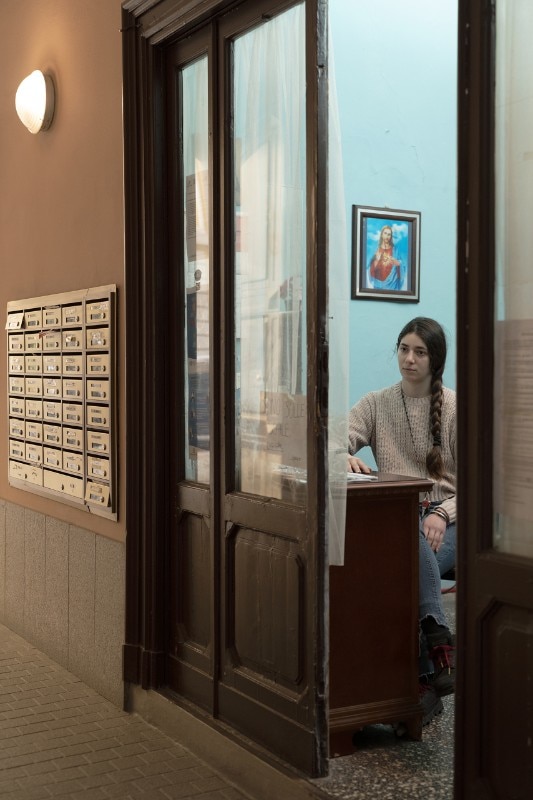
«Tony is a gentle shadow,» he says, «who has often acted as the glue for a thousand needs of each individual apartment block, from medicines for the lady on the first floor to shopping for an elderly woman who didn't feel like leaving the house.
In the Porta Venezia neighbourhood, I met Elisabetta, in her early twenties: she looks like Leonardo's Mona Lisa in an old porter's lodge of a railing building. She recently came here to take over from another retired doorman and is the reference point for hundreds of apartment buildings.»
And again Vittoria, in Corso Buenos Aires, who, at over 70 years of age and with a life lived in the porter's lodge, shows him a novel in which she appears as the protagonist. Or Cristina, of South American origin, who, as Palmieri recalls, «since she couldn't go out, she used to measure time by looking at the trees in the courtyard while she waited for her daily package.
Portineria Pandemia was for me a journey around the world in 10 square kilometres. I went to Mauritius, travelled through the scents of Sri Lankan food, landing in Italian–Argentinean accents to the stories of an entire Peruvian family.»
More legally protected than riders and less at risk than health workers, doorwomen and doormen rarely make the headlines, but for Palmieri they are everyday little heroes, who in this year and a half of coloured zones, suspended journeys, safety distances and missed hugs have represented a real social glue. They have done so from their little outposts of civilisation, those guardhouses that Palmieri looks at not only with “Morettian” curiosity but also with the affection of those who see them as a refuge.
«In times of pandemic, the gatehouse takes on a checkpoint aesthetic, almost a control outpost with a military flavour,» he summarises. «In truth, I found to greet me silent and indefatigable workers of the covid era, often overwhelmed by parcels, struggling with hundreds of couriers delivering furniture, gifts, flowers and food of all kinds. I saw in these small lodges a reserved life, forcibly separated from others, and I found in this aesthetic our general condition, but with the subtle and bitter hope that a gift parcel is always there ready to arrive for us.»


